
The Lord of Qoyllur Rit'i, a syncretism of Andean and colonial religion, is a living example of the faith of hundreds of devotees who, year after year, make a pilgrimage to this powerful snow-capped mountain to worship the image of the crucified Christ that has been engraved on the rock for years.
Religious festivity that unites different cultural and traditional manifestations. Year after year the faithful and devotees make a pilgrimage to the snowy Ausangate, Apu protector and the most powerful of the city of Cusco.
Table of Contents
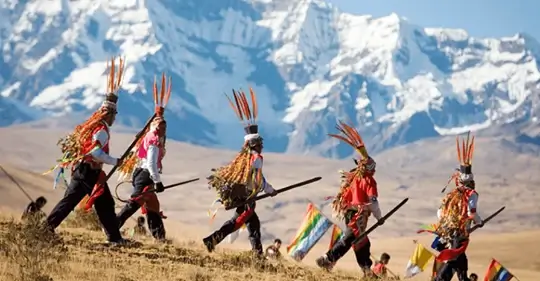
The origin of this tradition is found in the stories and stories of the eighteenth century, which tells the story of a shepherd boy named Mariano Mayta who was sent to care for and graze the cattle.
During his shepherding activities Marianito met another boy of his age called Manuel, who was white skinned and very fine clothes, Manuel shared a snack with Marianito as well as day by day, he helped him to continue with his chores.
Mariano's father noticed that his cattle had multiplied greatly, thanks to his son's new friend, so he offered to buy cloth for the boy Manuel, receiving a sample of cloth from Manuel's clothes.
Mariano was then sent to the city of Cusco to look for this fabric, receiving from everyone the same answer always, that it was a very fine fabric, that it must be very expensive and that only the bishops wore. So Mariano returned to Ocongate where he asked to see the parish priest so the priest after hearing the story, decided to accompany Mariano to see his friend Manuel suspecting probable illicit acts and ask him how he had obtained such a cloth.
When the parish priest arrived to meet him, he saw how the child Manuel, who was taking care of a flock, radiated a white light. A few days later the parish priest returned to look for the child Manuel accompanied by villagers and authorities in the area, but when they tried to approach, the child Manuel fled towards the rocks and rocks, being chased by his friend Mariano, when they finally reached the rock they saw Christ Crucified whose wounds still flowed blood.
The stories tell that the child Mariano could not bear to see such a panorama so he suffered a cardiac arrest and was buried under that same rock that is considered sacred, with a wooden cross of the Tayanca tree.
The celebration of the Lord Qoyllur Rit'i has a movable date after 58 days after the Resurrection Sunday, between the last week of May and June approximately, being different nations that come to visit the sanctuary with different groups of dancers and musicians.
The central day of the central celebration lasts 4 days, keep in mind that this festival takes place in a snowy, the location of the Sanctuary of Qoyllur Rit'i is more than 5,000 meters above sea level, so it is necessary to have a good physical resistance and do not forget to wear appropriate clothing for the cold.
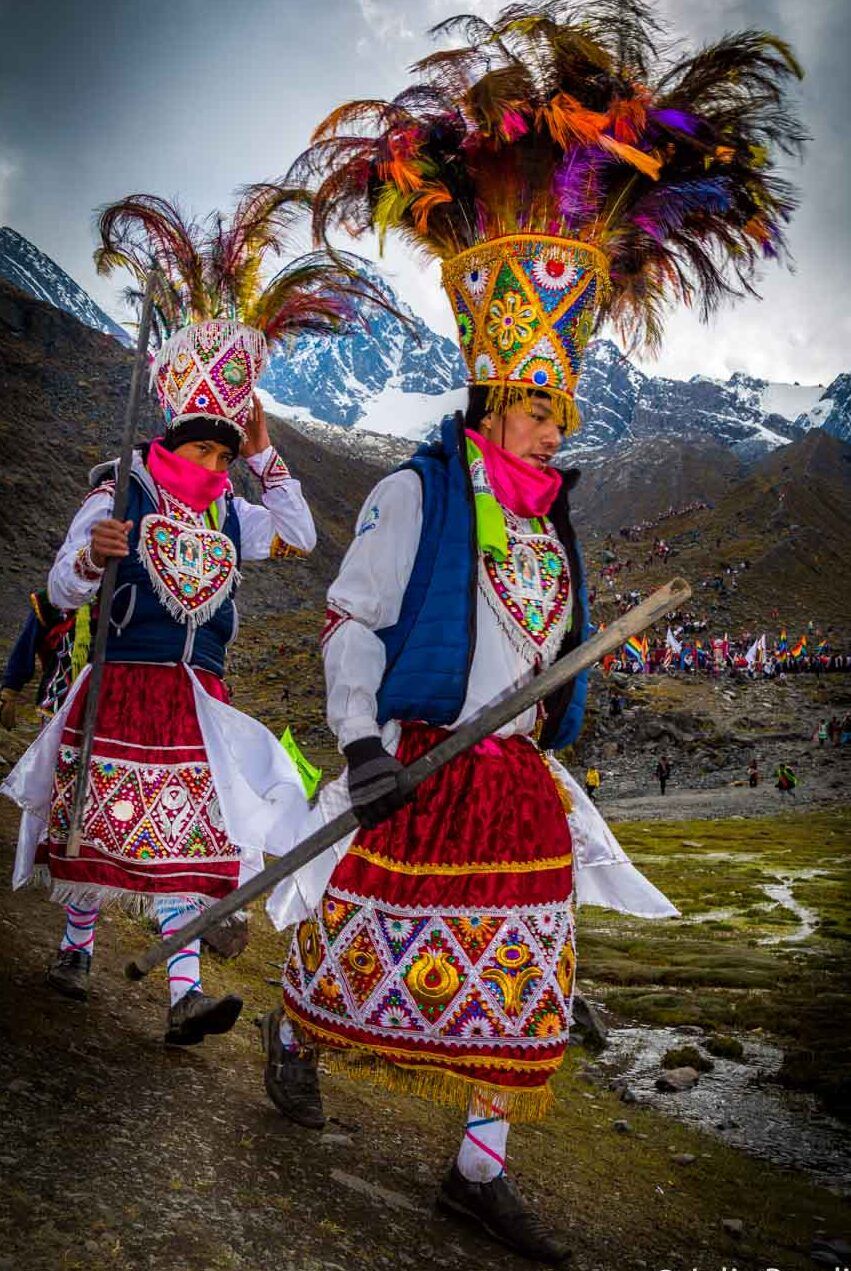
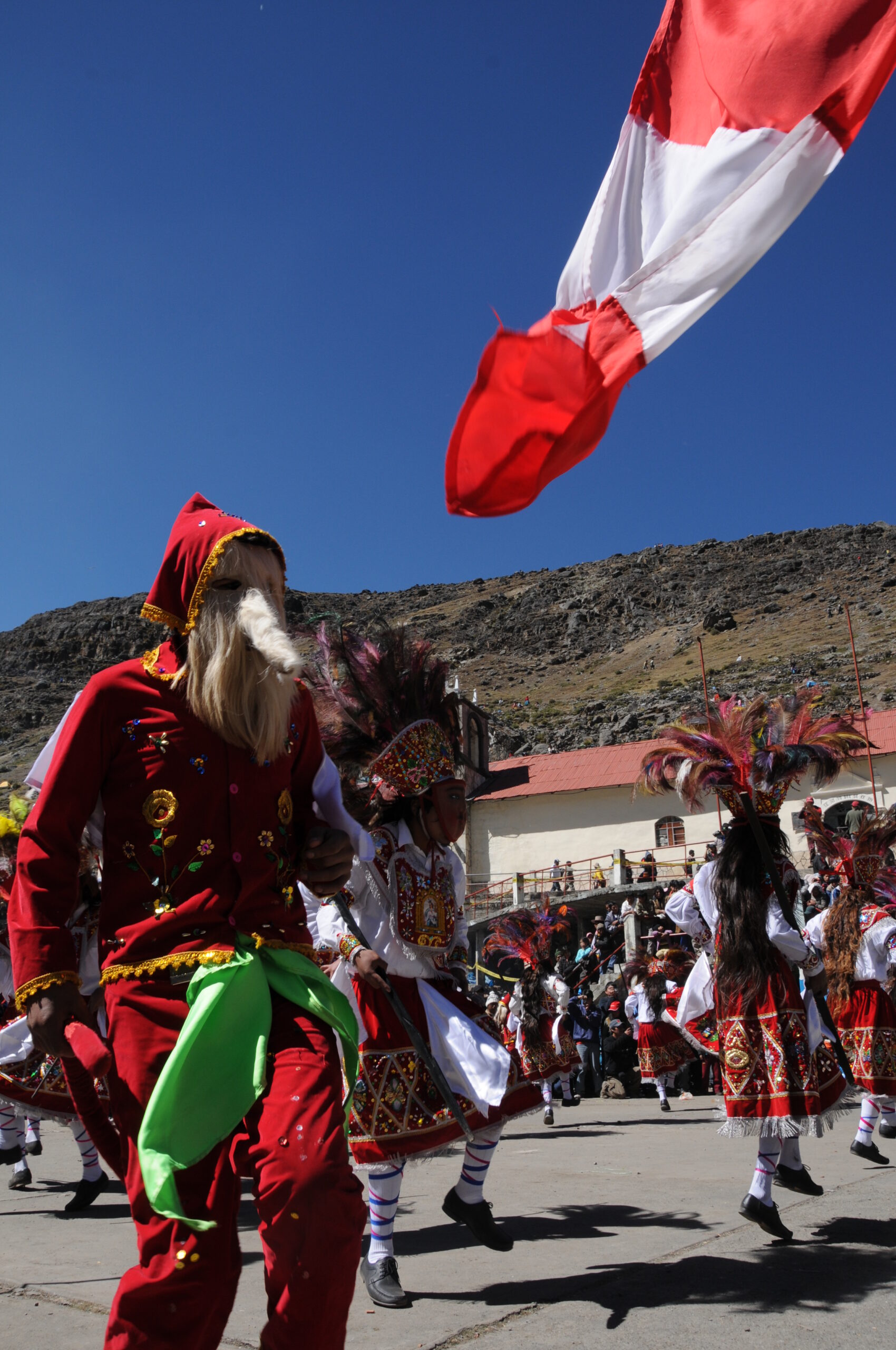
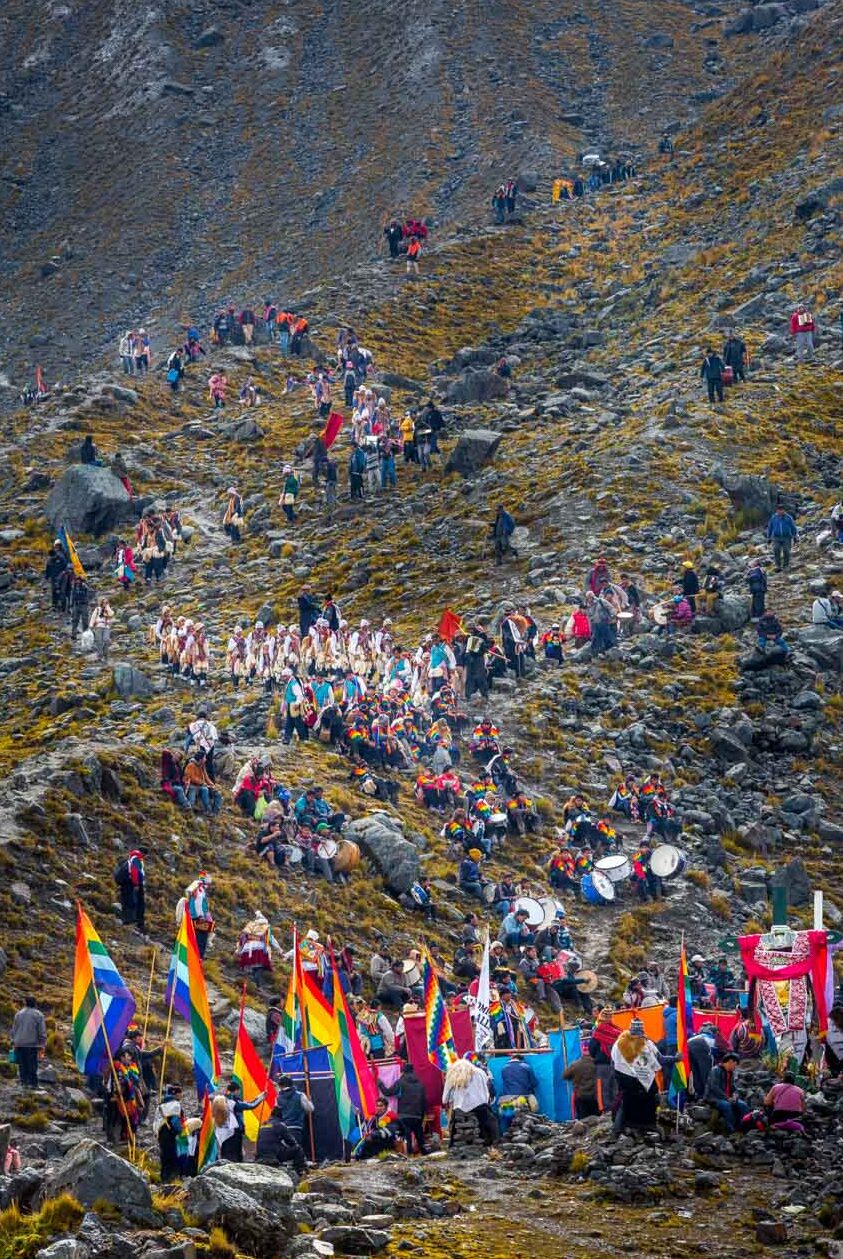
The festivity of the Lord of Qoyllurity or Quyllurrit'I is the most important religious pilgrimage in the Andean world. Here, different groups congregate in the town of Mawayani at the foot of the snow-capped mountain.
Ausangate and walk nine kilometers to the Sinaqara and Qolqepunku snow-capped mountains where the Qoyllurity Sanctuary is located at 4600 masl.
On the uphill trail, pilgrims venerate 14 crosses that eventually lead to the sanctuary, where the last one is located and the image of the Lord of Qoylluritty engraved on a stone.
Every year thousands of pilgrims gather, most of them farmers and indigenous people who are grouped in two sister nations: Paucartambo and Quispicanchis, which according to tradition were complementary because the first was more agrarian and the second more cattle-raising.
This celebration can last for weeks and is totally self-managed by the Brotherhood of the Lord of Quyllurit'i.
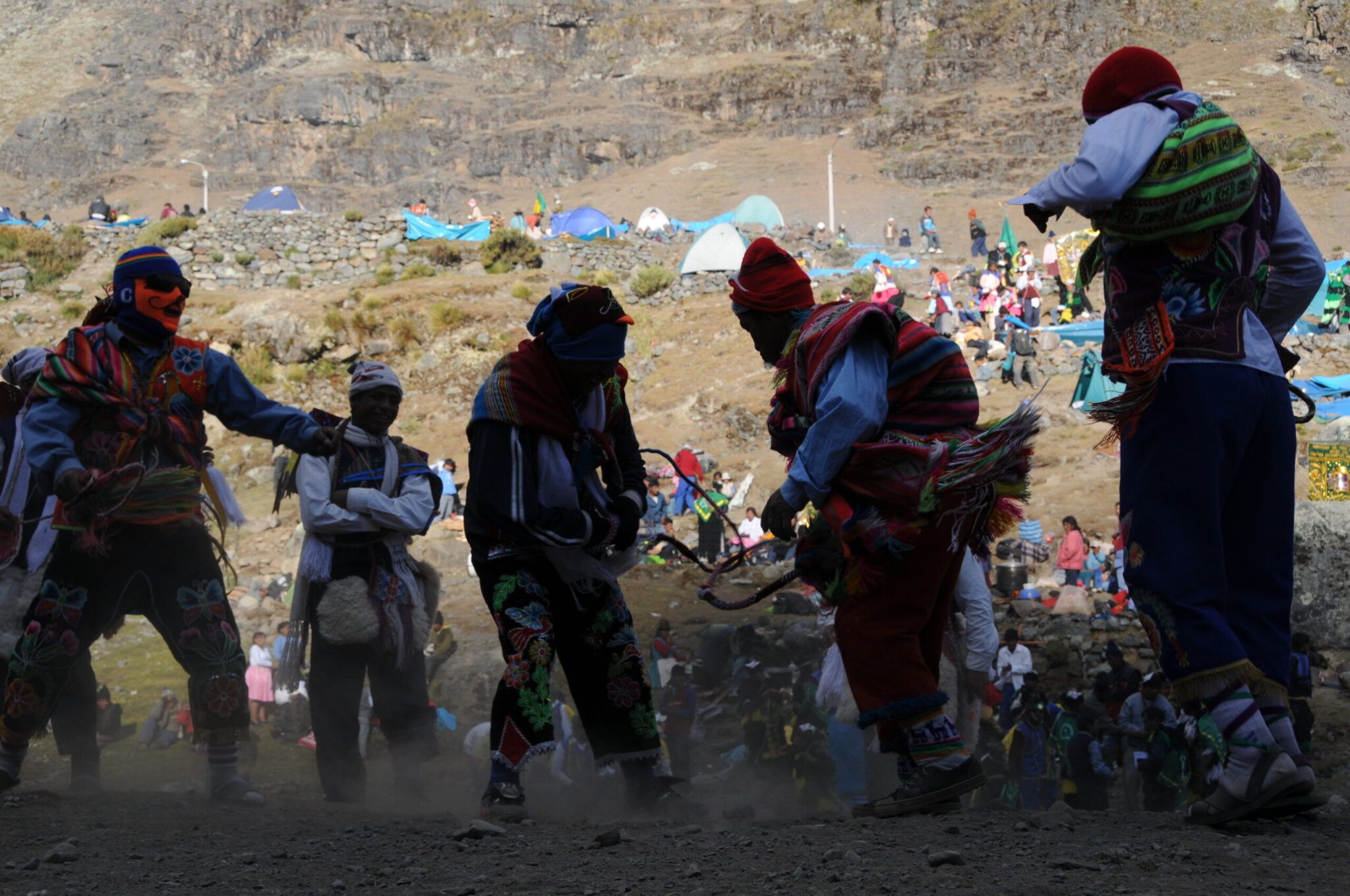
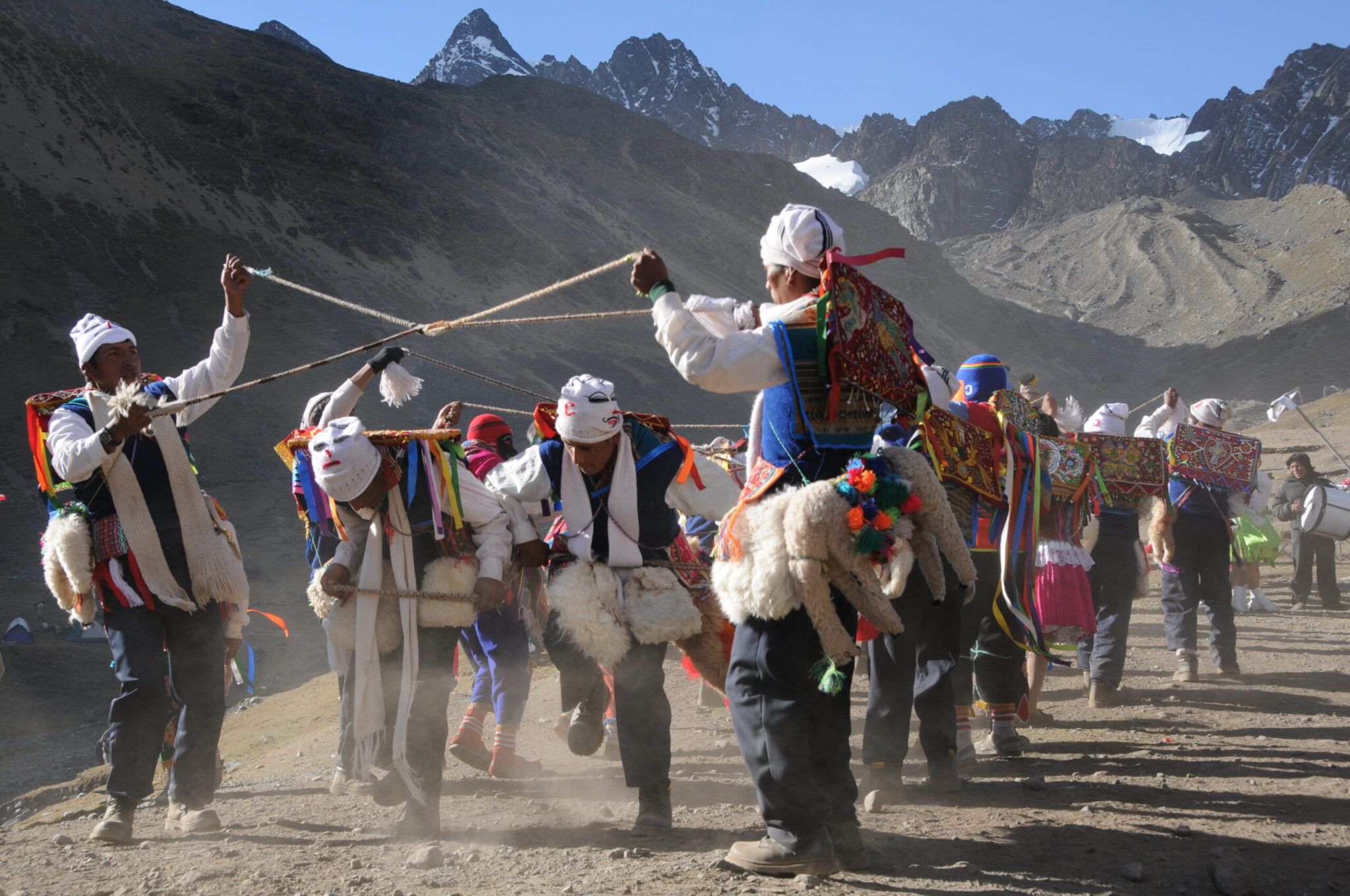
Weeks before the main date, preparations are made with the procession of Lord Qoyllority from Mahuallani to Sinkara and of the statue of Our Lady of Fatima from Sinkara to a grotto above.
Most pilgrims arrive on Trinity Sunday and stay for several days. On the first day the Eucharist goes out in procession, on the second day the Lord of Qoyllurity goes and returns to the Virgin's grotto and at night different groups take turns to dance in the sanctuary.
On the third day, the ukukus go up to the glaciers to bring the crosses found on the summits.
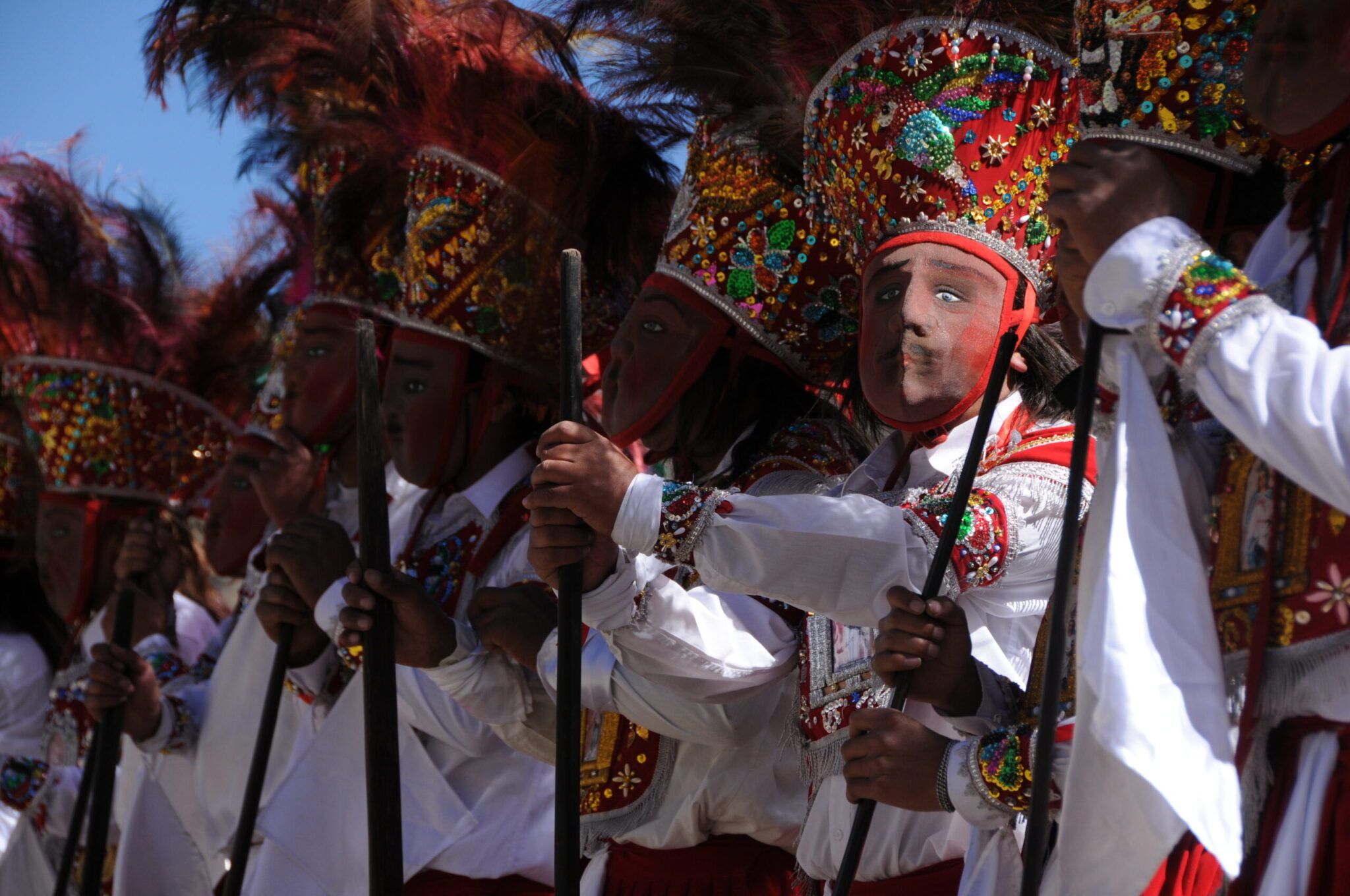
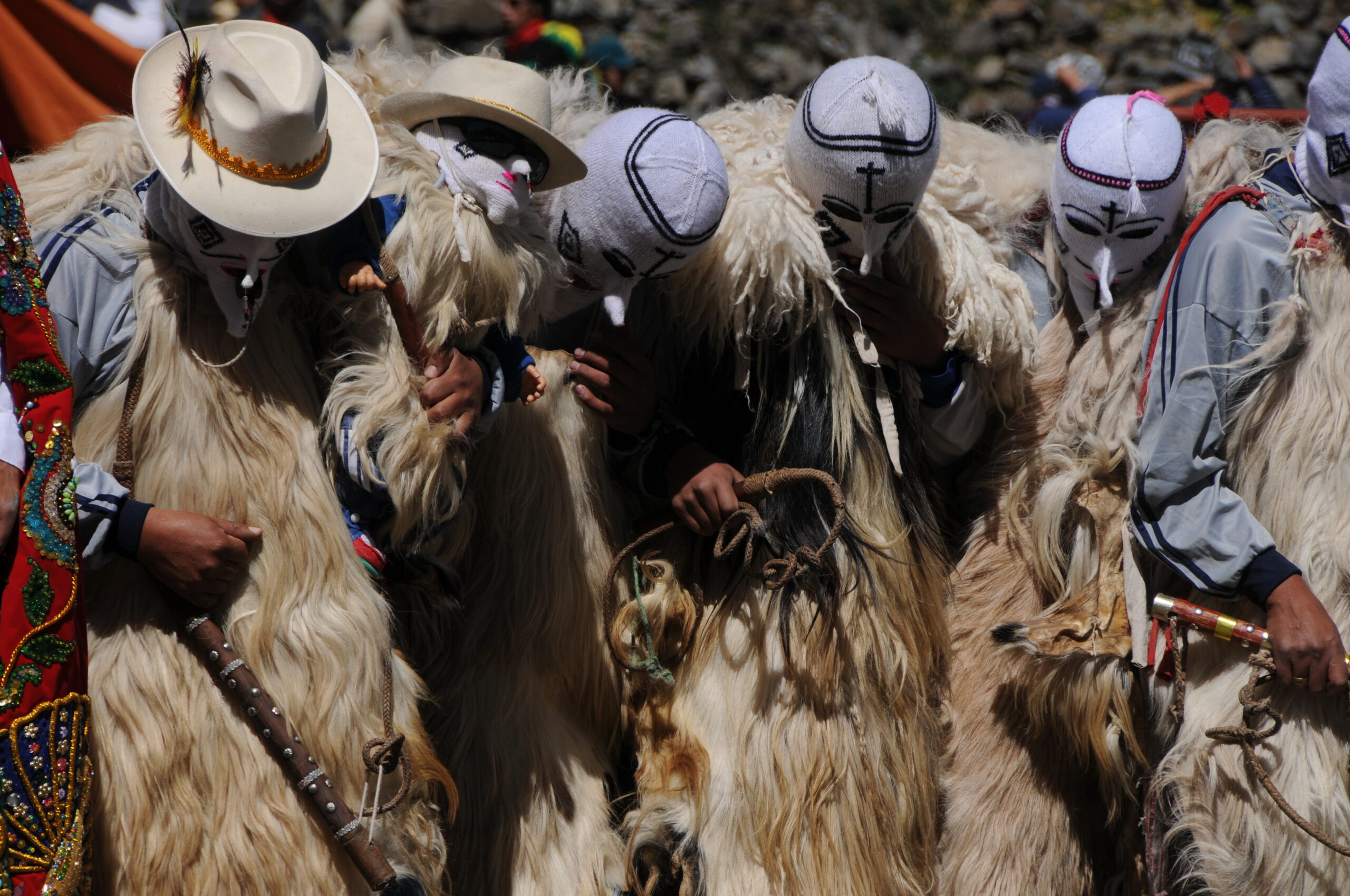
Different groups of dancers accompany the procession and symbolize mythical and historical characters of the Andean world.
The most important dances are the Qhapaq Qolla and the Puka Pakuri, as well as the Llaqtayoc of Ocongate.
But those who receive the most admiration and respect are the ukukus of Paucartambo and Quispicanchis, characters from Andean mythology who claim to be half human and half bear, who do not stop dancing for the duration of the procession.
The ukukus, also known as pablitos, are in charge of bringing order to the festival because they are protectors of Qoyllurity, its apus and apachetas.
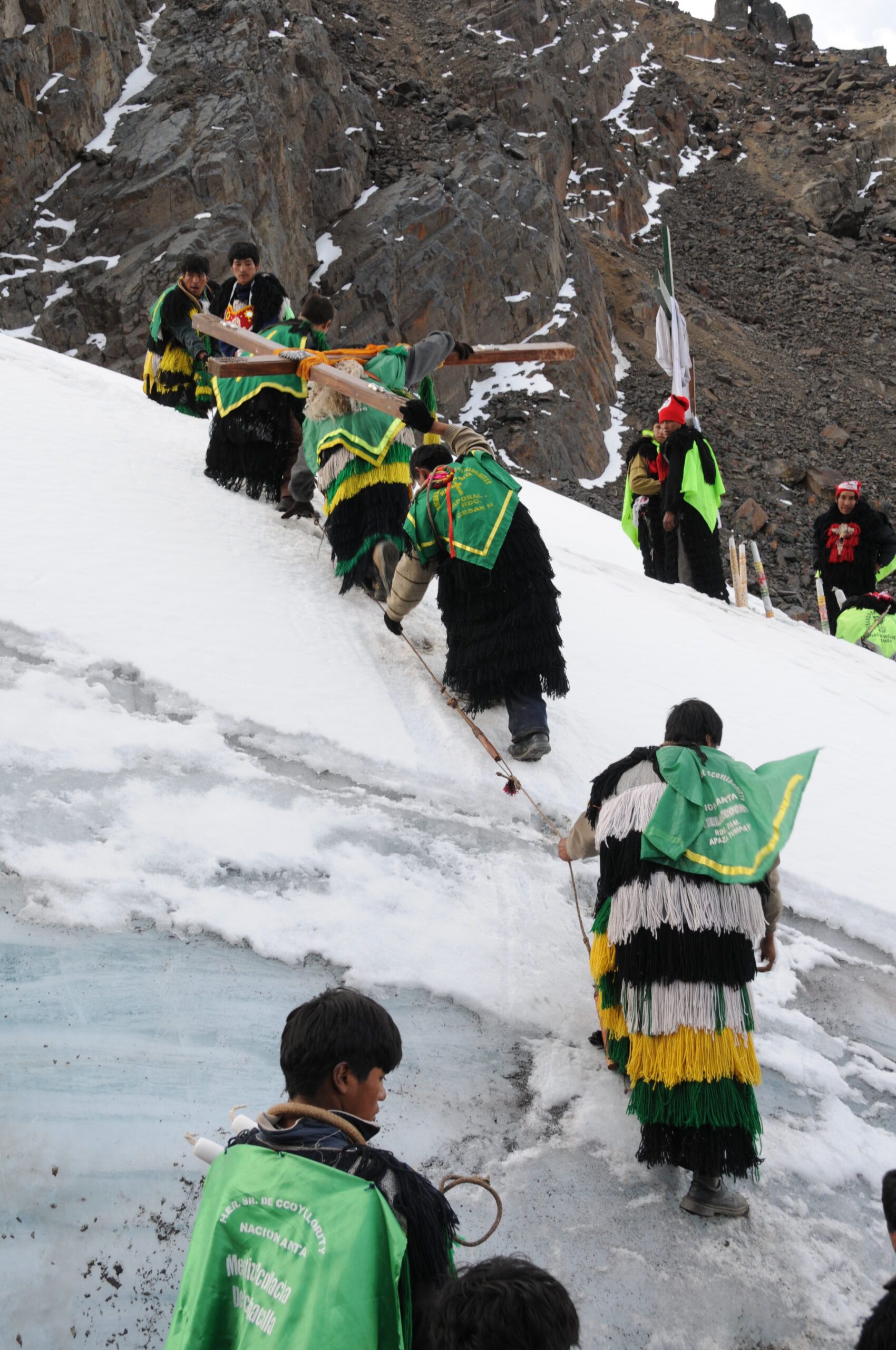
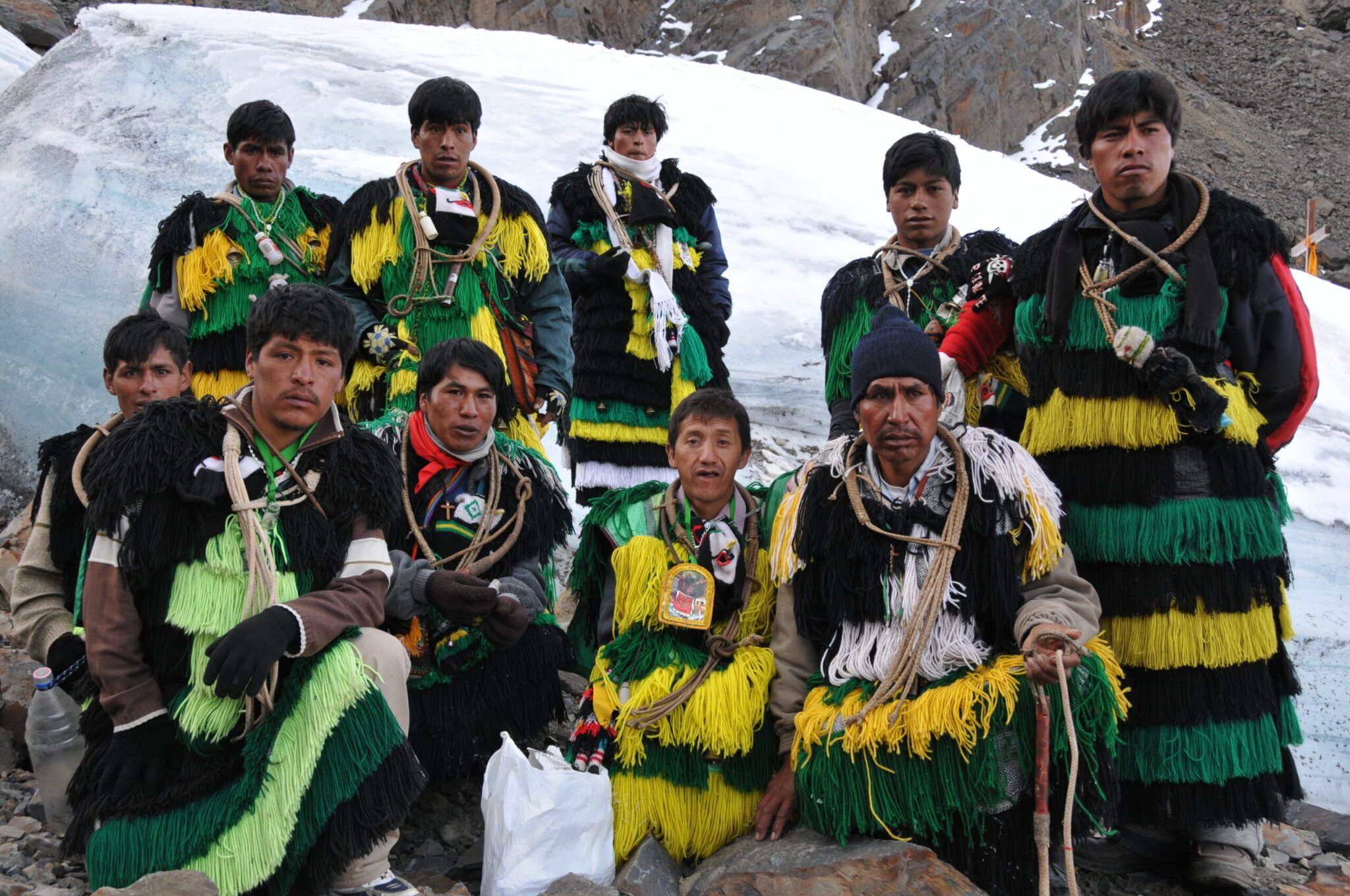
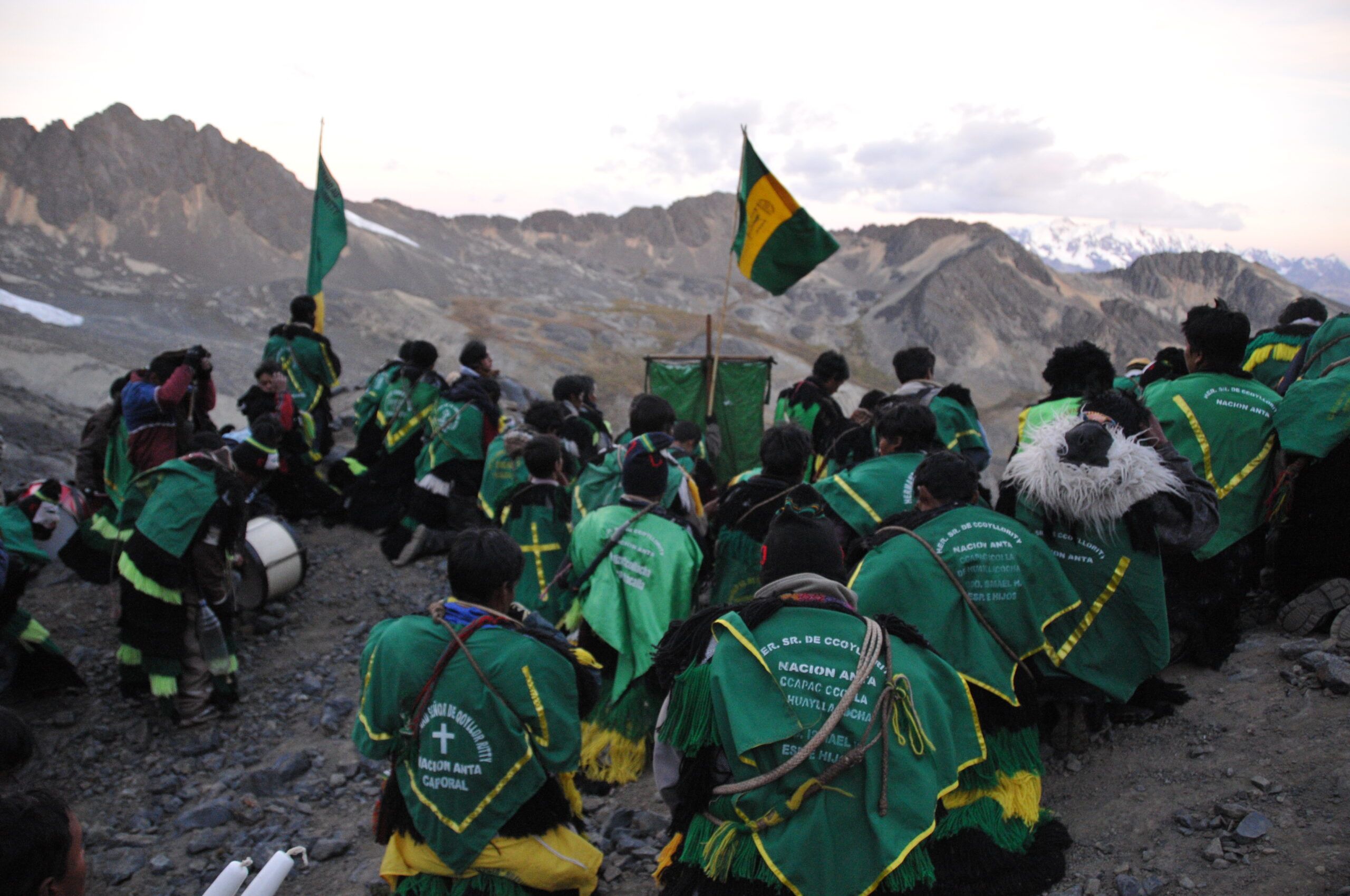
The ukukuks are quite feared characters who carry a whip, with which they whip the new members of their brotherhood as an initiation rite.
It was a tradition that when climbing the snowy Qolqepunku on the third day, the ukukus would carry huge blocks of ice on their backs to their communities, as it was considered water with blessed properties.
However, since 2007 this has stopped due to global warming and the reduction of Andean glacier
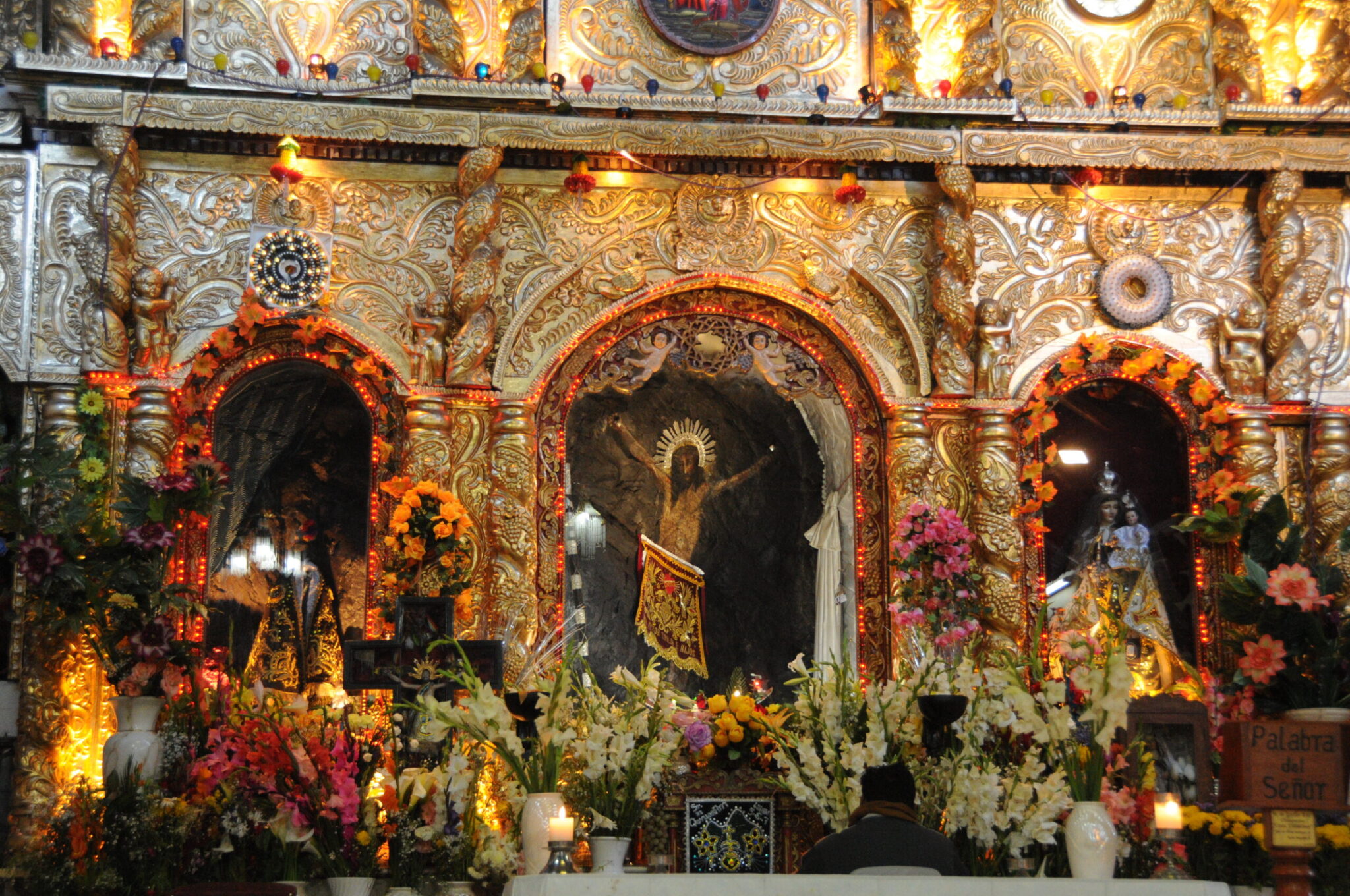
It is believed that the festival is a Christian adaptation of the indigenous traditions of worship to the apus or gods of the territory, the most important of which is Ausangate.
The name Señor de Quyllurit'i means "lord of the shining snow" and is explained by a story compiled by a priest a little less than a hundred years ago and disseminated as an official account by the church. According to this story, in 1780, Mariano Mayta, an indigenous boy who was grazing his cattle on the snowy peak of Qolqepunku, saw another boy dressed in very rich and shiny clothes.
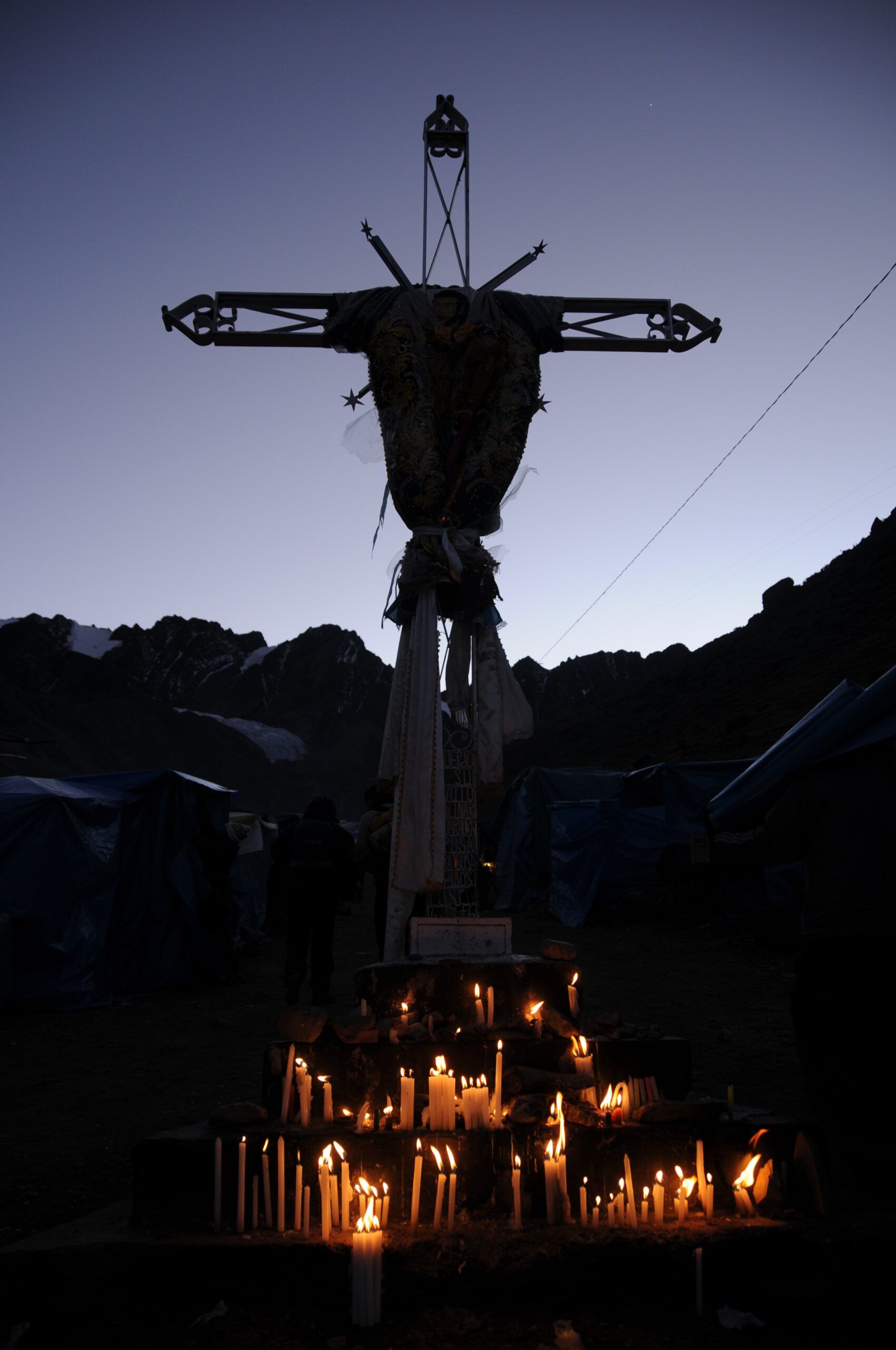
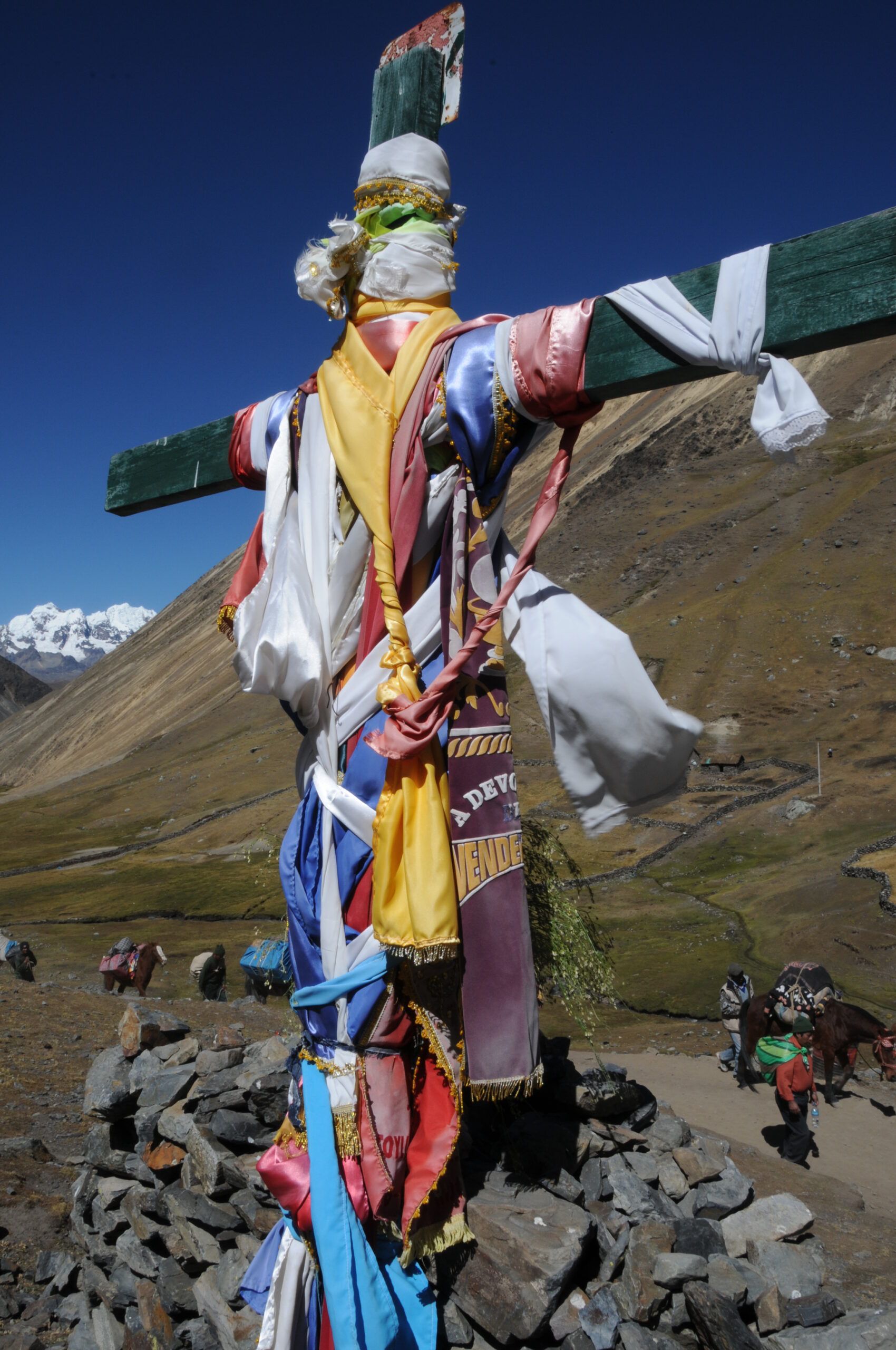
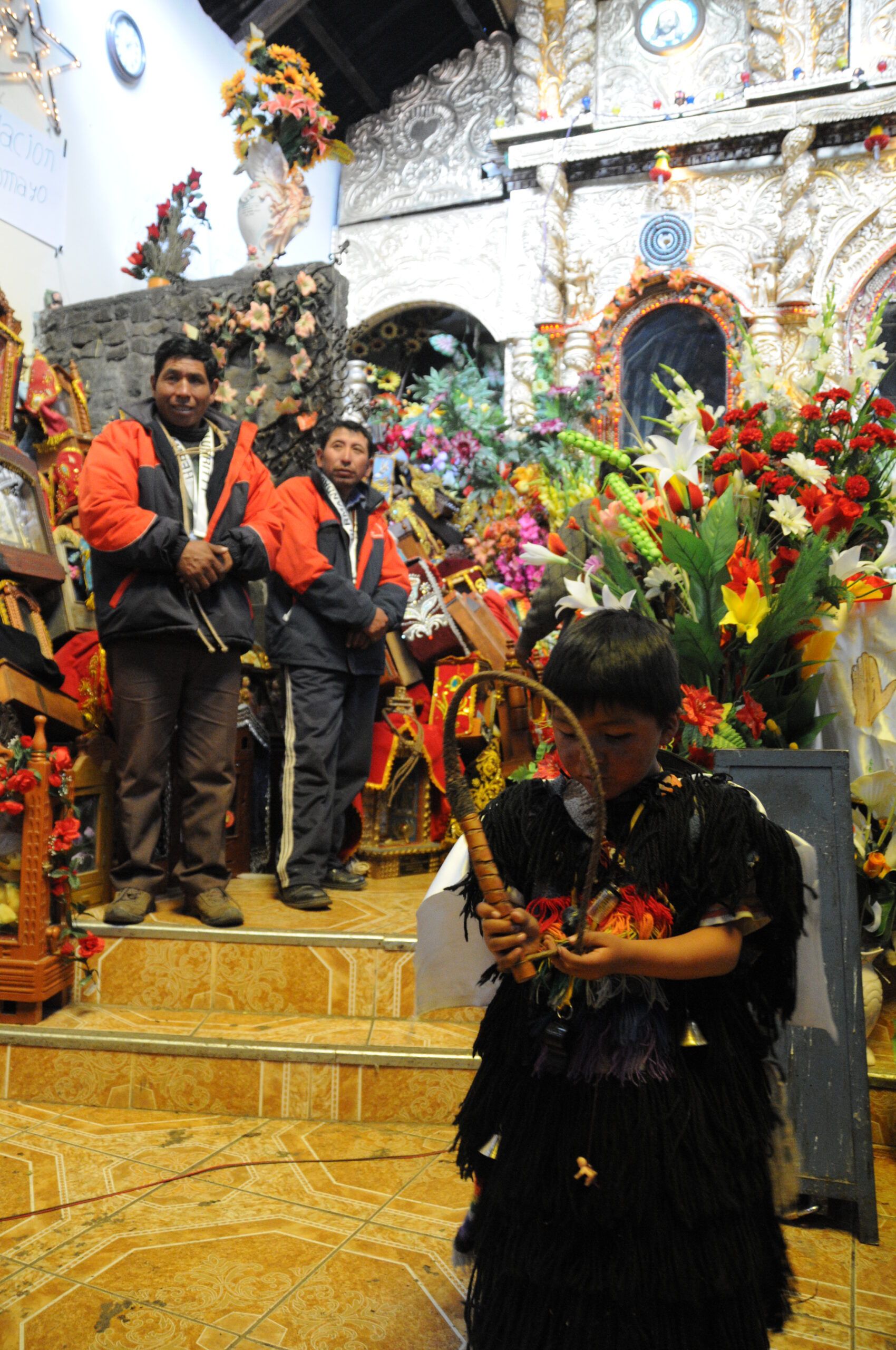
Mariano's parents, amazed that their livestock had magically multiplied, spread the news of the baby God and wanted to send him to bring new clothes.
The parish priest of Ocongate, surprised by the stories and the richness of the child's clothes, began a search to catch him and bring him to the church.
However, when he succeeded, it transformed into an image on the stone, causing the child Mariano to die of shock.
After Mariano was buried where the miracle occurred, many indigenous people began to make pilgrimages to the site and light candles to the sacred stone.
It is then that the Church ordered to paint more clearly the image of the Lord of Qoyllurity that is venerated today.
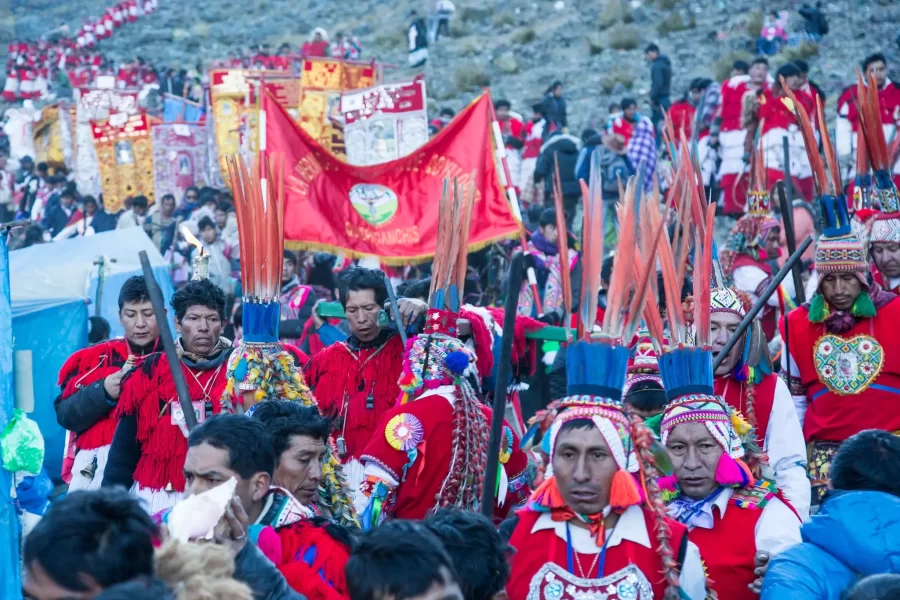
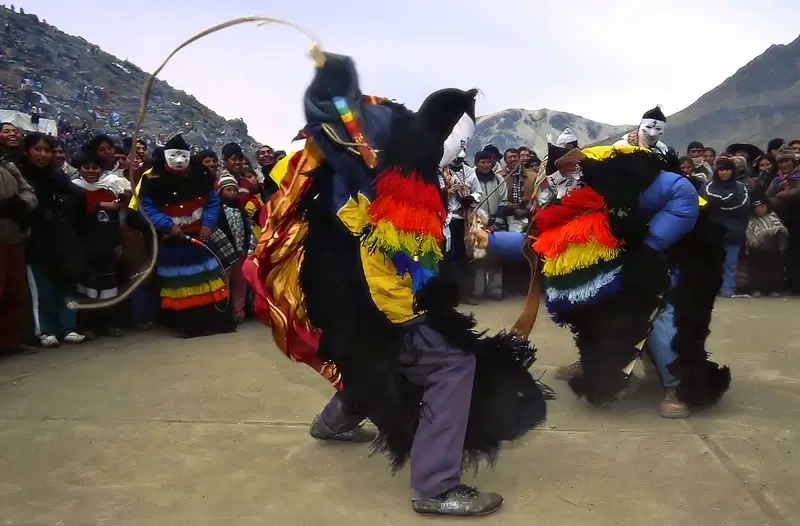
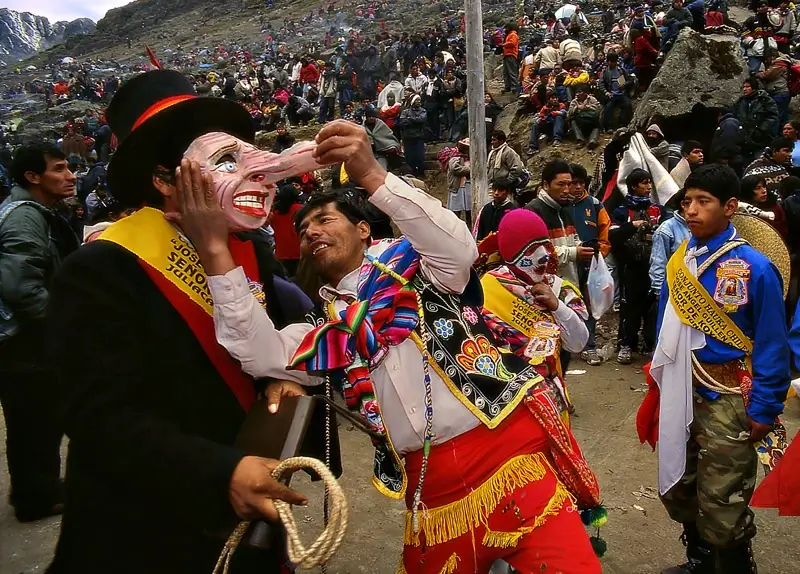
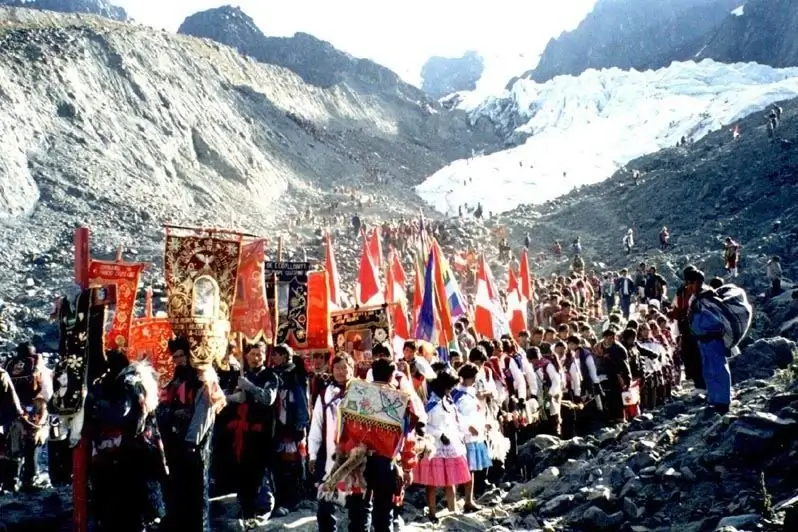
While it is true that all are welcome and invited to visit the Sanctuary of Qoyllur Rit'i, the main attendees are the 8 Nations:
Paruro, Paucartambo, Quispicanchis, Acomayo, Chinchero, Urubamba, Canchis and Anta
In addition, the Qeros are the purest Native community in existence today, who still preserve their ancestral traditions and customs.
These groups annually make the pilgrimage from their respective villages of origin to the snowy Ausangate to worship the Apu and the Lord of Qoyllur Rit'i.
It is also important to highlight that in these nations come groups of dancers, highlighting the following:
The nations usually differentiate their groups of dancers by adding the name of the place of origin, like ''Qhapaq Qollas de Paruro'' or ''Qhapaq Chunchu de Paruro''. Additionally, to the dances there is the presence of a very characteristic character of the festivity of the Lord of Qoyllur Riti.
These beings have a superior connotation because they are the only ones capable of ascending to the top of the snowy and extract large blocks of sacred ice with which then perform the irrigation of their land symbolically in favor of having prosperous harvests and increased agricultural production.